Restoring Serial Numbers On Firearms And Other Objects
Firearms are assigned serial numbers for the purpose of identification. When a gun is purchased, the buyer registers it with the proper authorities who record the owner’s name into a database along with the weapon’s serial number. If needed, law enforcement officials can then trace the number back to the original owner, or the owner to the gun, much like a driver’s license number can be traced to a driver.
Serial numbers are stamped into a weapon’s metal frame with extremely hard dies that push the numbers deeply into the steel.
Criminals, in an an attempt to be “untraceable,” often try to remove the serial numbers. The most common method of removing the numbers is to grind them away using, well, a grinder.
A firearm with a missing serial number is impossible to trace to its owner, right? Well, maybe not. Investigators do enjoy a bit of success at restoring serial numbers. You see, when the original number-stamping was performed, it was done with such force that the metal beneath the numbers is placed under permanent stress.
Number restoration kit – Sirchie Fingerprint Laboratories
Therefore, when the proper restoration agent is applied to the spot where the serial numbers once were, the strained particles/crystals dissolve at a much quicker rate than the undamaged metal.
Restoration gel for steel (also available for copper and aluminum).
And when those particles dissolve they leave slight indentations. And what do those indentations look like? You guessed it…the original serial numbers.
Restoration reagents for plastics – Sirchie image
Okay, suppose the serial number is/was etched into the plastic body of a TV set. Well, there’s a reagent for restoring those numbers, too.
Now that you’ve restored all the numbers, a quick check into the database leads you to the bad guy. Then it’s a simple matter of locating the weasel, handcuffing him (using cuffs with deeply imprinted serial numbers), and taking him for a ride in a patrol car.
By the way, even that patrol car (yours, too) is equipped with numerous serial numbers—engine block, VIN number (vehicle identification number) on the dash, radio serial numbers, auto part numbers, VIN number stamped on the chassis, and many, many more.
VIN number is often located in the defrost vent in the driver’s side windshield.
Other VIN locations.
* Police officers often use VIN numbers to locate owners of abandoned and stolen cars.

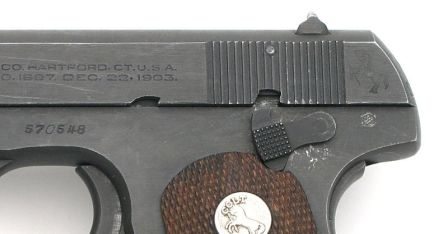
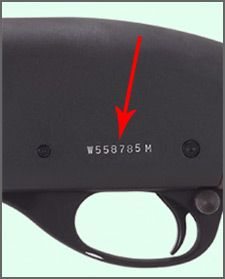

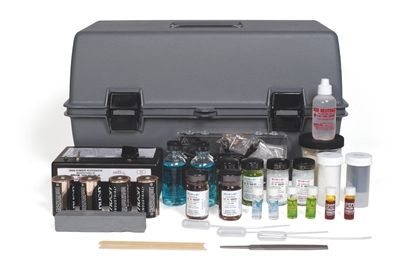

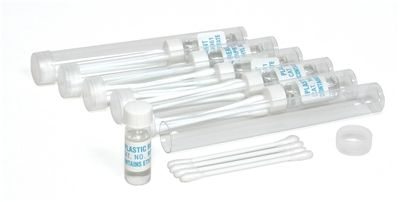
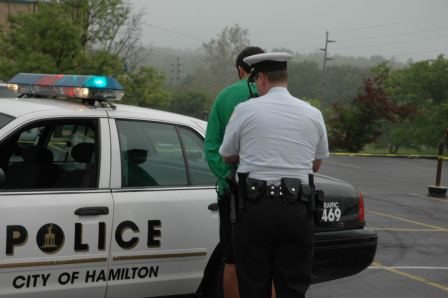

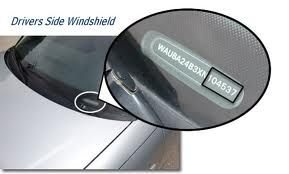
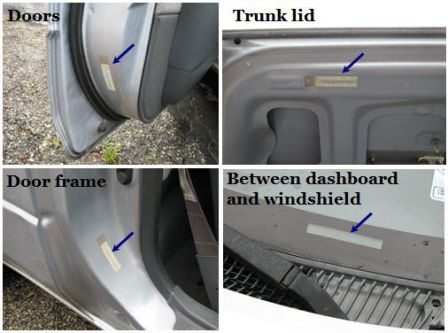



Maybe not, Jodie. But the supplier knows where each gun is sold, so they can be traced back to the individual stores. And the store owners know who’ve they’ve sold guns to, supposedly.
By the way, this article isn’t really about registering guns. It’s merely to show how serial numbers can be restored. Sounds like a Casey Anthony defense team in here… 🙂
Where I live, a buyer is not required to register the gun. Maybe a store owner will require it as part of the purchase, but it’s doubtful for second hand guns.
At a local conference, we had a ATF person speak. He said it’s rare that people register guns, and that’s not just the criminals.
Going forward, maybe. But given the numbers of unregistered guns around, I wouldn’t bet on it. It’ll just make them cost more.
Handguns are pretty much illegal in England, can’t own one, save for antiques, airguns, on-duty police, like that. The British Olympic pistol team takes the Chunnel to France to practice, how sad is that? Been that way since 1997, and yet they are still taking more guns off the streets every year than they did when they were legal
If an outright ban won’t do the trick in England, where they aren’t in love with hardware like we are? You can tighten the laws so citizens can’t easily get ’em, but the bad guys always will find a way.
Yep, you’re right, Steve. And there are tons of those firearms floating around out there. Luckily, though, a vast majority of crimes are committed using more recently purchased/stolen firearms. At least officers are sometimes able to trace them back to a store or manufacturer. But, I’ve run hundreds of serial numbers on firearms with very little success of tracing them to anyone. Newer guns, yes. Older ones, no.
And, your comment brings up the (I hate to say it) arguments for and against gun control. Would your scenario be as likely if there were tighter restrictions on gun purchases/transfers?
Much easier to get a gray-market gun that’s untraceable. Before relatively-recent times, nobody really kept track of serial numbers. Use one of those, wipe it clean, and it is untraceable, numbers notwithstanding.
Say Joe was a deputy in east Texas in 1925, and he carried a S&W snub-nose revolver for his Sunday-go-to-meeting gun. He died, and the gun passed to his son. His son eventually passed away, and left the revolver to his son-in-law, who after the divorce from Joe’s granddaughter, fell on hard times and sold the piece to a guy he used to fish with, who had it stolen from his truck at the bowling alley.
Good luck tracing that one …